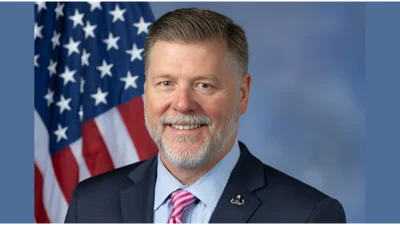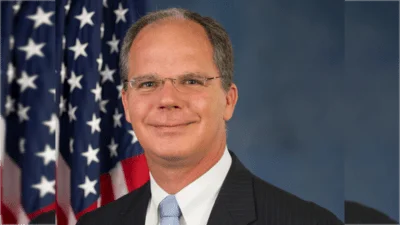Today we are holding a hearing on a subject that we all agree is of critical importance to the United States: our nation’s infrastructure.
For far too long, we have not provided the federal investments needed to maintain and modernize our country’s roads and bridges, ports and waterways, rail and transit systems, airports, and broadband, water, and energy infrastructure. Perhaps unsurprisingly, America’s infrastructure scores a C- according to the American Society of Civil Engineers.
We have made some incremental progress in improving our infrastructure in recent years. But decades of underinvestment are catching up with us. The funding gap between our infrastructure needs and the projects we have financed over the next 10 years has grown to a whopping $2.59 trillion dollars.
The COVID-19 pandemic has made an already difficult situation worse. Revenue streams generated by users of our roads and transit systems and airports have dried up. State governments have faced rising costs and budget shortfalls during a pandemic-induced economic downturn. The health and economic crisis has meant even less resources are available at the state and local level to meet the nation’s infrastructure needs.
The pandemic also has highlighted the stark disparities that continue to exist across our country when it comes to the quality of our infrastructure and affordable access to it. Infrastructure in certain communities, particularly rural communities, and communities of people of color and indigenous populations, remains woefully inadequate to meet the needs of our fellow citizens. As a result, many Americans are being left behind, without sufficient access to healthcare and job opportunities and unable to participate fully in the U.S. economy and to benefit from it.
The federal partnership on infrastructure has declined steadily since the 1960s. Today, much of our nation’s infrastructure is approaching the end of its useful life. Failing water and wastewater systems, slow broadband speeds, and deteriorating roads lessen our quality of life and impede U.S. commerce. Our nation’s ports, which drive our economy, require better landside and waterside connections to facilitate trade and to remain globally competitive. America’s crumbling infrastructure also increases congestion and pollution, while compromising our safety.
Failure to close America’s infrastructure investment gap has serious economic consequences, including higher costs for American families, workers, and businesses; lower economic productivity; less exports and GDP gains; and millions of lost jobs.
We all pay the price when we fail to invest in our country’s infrastructure. Globally, we risk falling behind our economic competitors if we do not make the investments we need. China, for example has prioritized the development of high-tech sectors and infrastructure in its “Made in China 2025" state-led industrial plan, which aims to make China a leading force in high-tech manufacturing. The United States will require significant investments in its broadband and ICT infrastructure to keep pace with China and other competing economies and to manage the evolution to a more technology-driven economy and society.
The U.S. currently falls behind many other developed countries when it comes to the resilience and sustainability of our infrastructure as well. To meet the needs of a 21st century economy will require robust federal funding, leadership, and a bold vision for how we can address our infrastructure needs.
We must tackle longstanding and persistent inequities as part of any infrastructure plan, so our investments lead to a brighter and more prosperous future for all Americans. We must also build a more resilient and sustainable infrastructure to address the climate crisis and to protect our environment and our planet. Through infrastructure investments we can pursue a trade agenda that puts everyday Americans first and supports the needs of working families.
These investments will create good-paying jobs, spur innovation, increase economic activity, and boost America’s economic competitiveness.
I hope to work with our colleagues across the aisle on what should be a bipartisan priority for all of us. It’s past time that we got the job done and responsibly fund infrastructure investments.








